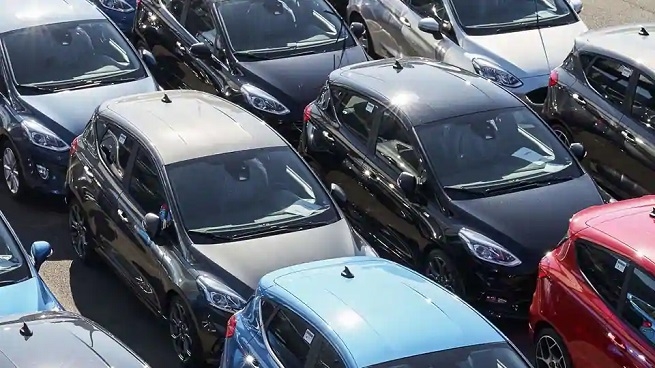Automotive aftermarket spending to decline 11 per cent in FY21: Report
| Date :10-Jul-2020 |

Business Bureau :
The coronavirus pandemic-induced nationwide lockdown is expected to squeeze automotive aftermarket spending by 11 per cent this fiscal, a report has said. Based on the analysis of 75 mega districts in the country, which account for 43 per cent of the segment’s total revenue, Crisil Research expects the annual running of vehicles (in kilometres) to decline, with three-wheelers likely to see the highest decline of 22 per cent and passenger vehicles and tractors seeing the lowest decline of 4 per cent during the fiscal. These districts together account for a significant chunk of automobile sales by original equipment manufactures (OEMs) and 46 per cent of total number of automobiles in the country, it said.
According to the report, aftermarket automotive spends are typically driven by annual running and replacement frequency. The economic crisis brought on by the extended lockdown is expected to whip up the woes of the auto component industry, including tyres, engine oil and lubricants, this fiscal, Crisil Research said. The industry, which has been battling a steep slowdown in demand from both OEMs and export markets, will also see challenges mount in the aftermarket, which is likely to go down by 11 per cent in FY21, it said. Utilisation in commercial vehicles had reached 25-30 per cent by May-end and is likely to touch pre-Covid levels only by September, and reduced running along with the highly price-sensitive nature of customers in this segment will drive down aftermarket spends, it added.
In two-wheelers, a high proportion of aftermarket spend goes towards tyre and engine oil replacement, which will be sharply lower as both are directly linked with annual running, it said. Besides, two-wheeler owners are likely to heavily downtrade or opt for cheaper options in the aftermarket, given the impact of the economic slowdown. Usage of two-wheelers should improve gradually as commuters increasingly prefer personal vehicles, it said. Normal running levels are expected only by September, once factories and businesses restart (work from home gets replaced by going to office for work) and reach their normal tempo, Crisil said. The aftermarket revenue in passenger vehicles (PVs) segment may fall only 4 per cent because of maintenance expenses after lockdown. PVs would also see more usage as commuters shift to personal vehicles to commute for work, Crisil Research said.